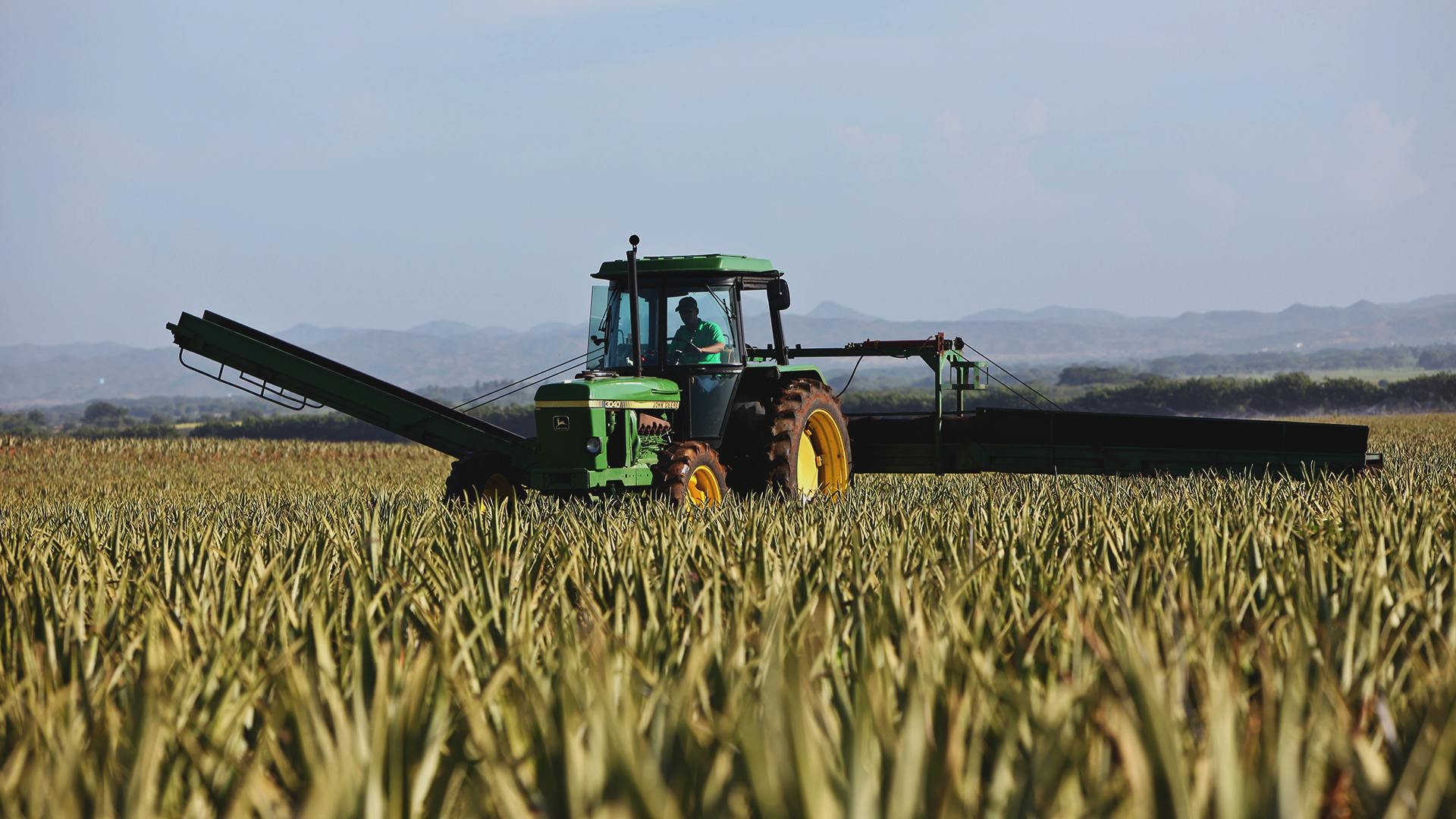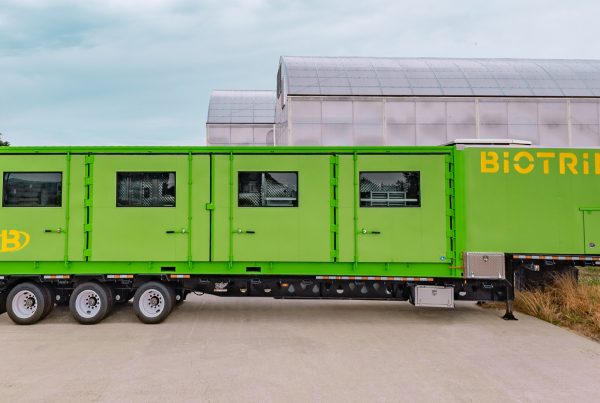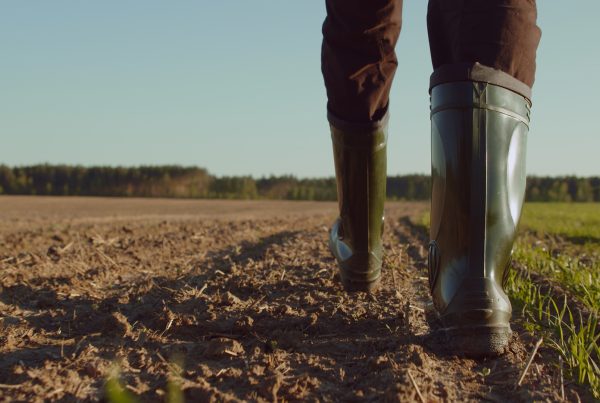Did you know that if we stopped wasting food altogether, we’d eliminate the 8% of total greenhouse gas emission created from food loss in landfills? We’d also be able to feed some of the 2 billion people that face food insecurity around the world.
There is a lot we don’t know about food waste, where it comes from, how it impacts everyone and how everyone can play a part– even if it’s just by learning about it. By expanding our understanding of food waste and by recognizing how its effects extend far beyond the farm gate, we can better educate each other on how to do better.
Now is your chance to learn more about where food waste happens on farms, the most vulnerable and necessary point of the food supply chain:
Plenty of food is wasted before it even leaves the farm. Many unpredictable factors, including climate change, unstable markets, and overproduction in response to these obstacles cause farmers to have to throw away roughly 1.2 billion tonnes of food annually. Farmers have to account for unreliable weather patterns during each stage of the farming process and the market conditions after the foods have been harvested. When crops are damaged due to extreme weather, farmers will grow more food than usual the following season to offset their losses.
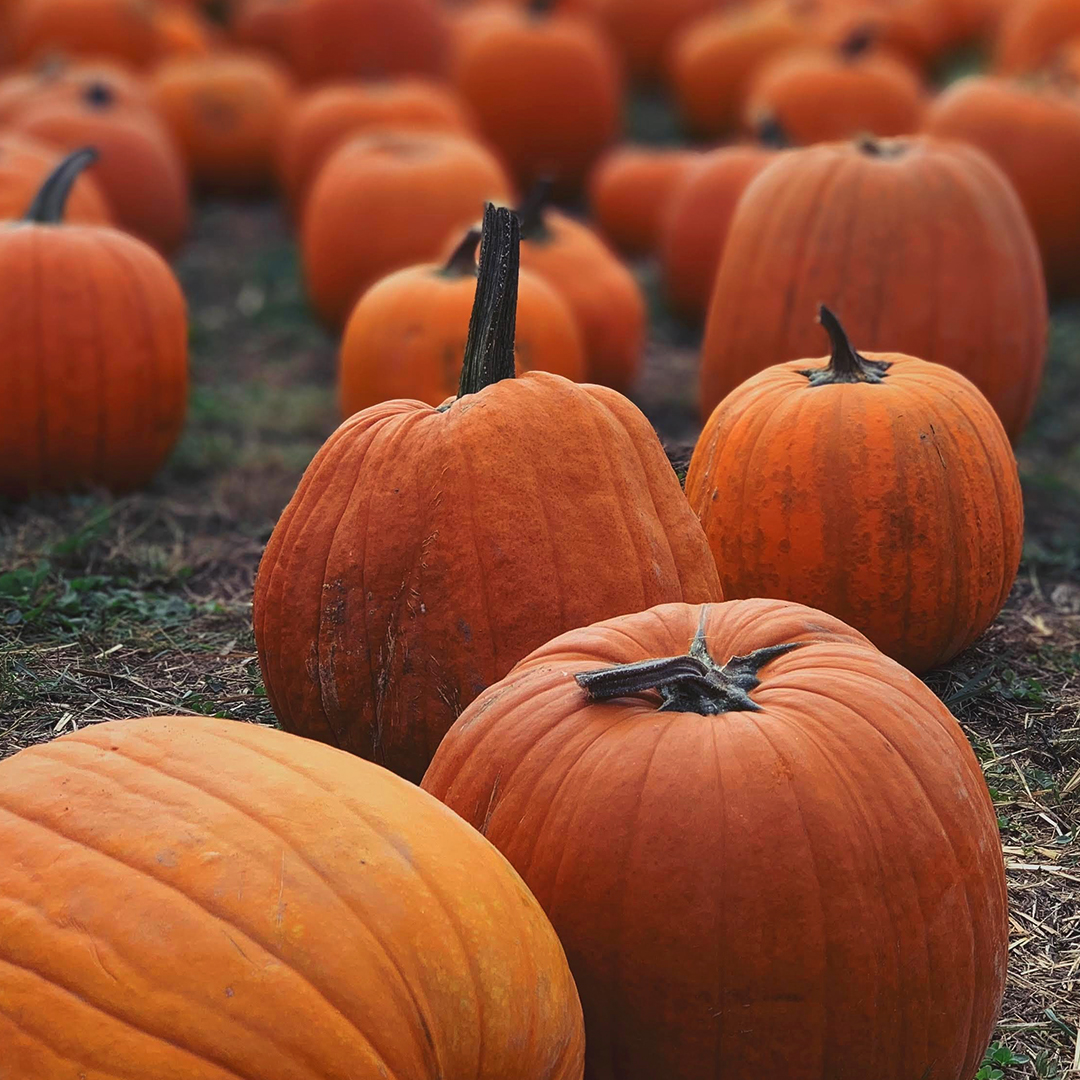
When the market dips, farmers are left with a surplus of food that never makes it to market. To add to this loss of product, cosmetically impaired food can be unappealing to wholesalers, and that food is then wasted as well. Only 1.7% of this excess food is donated for hunger relief.
Despite middle to high-income regions making up only 37% of the population, Europe, North America, and industrialized Asia account for 58% of global food waste on farms. Technologically advanced countries have the means to overproduce so people use and waste more. This makes much of the food waste in middle to higher-income countries voluntary and avoidable.
Of that 15%, it’s estimated that 8% of food is wasted at or around harvest and the other 7% during farm-stage and post-harvest activities. Farmers are currently experiencing a labour shortage because they struggle to pay their workers, which means they have fewer hands to help harvest and this leaves copious amounts of food unpicked from the trees.
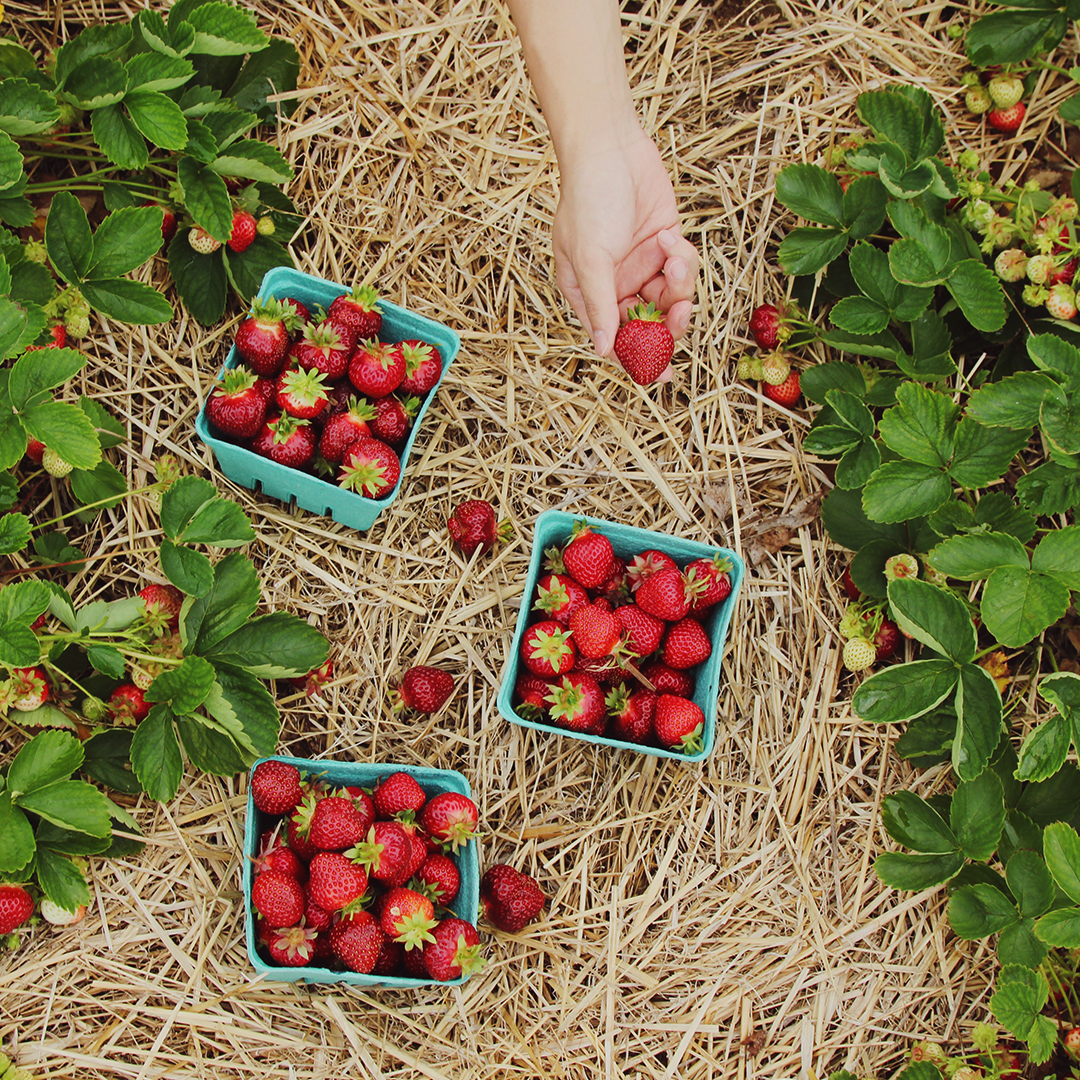
Overripe fruit appears to be the perfect freshness to the average person, but to a wholesaler, it means the fruit is no longer marketable. In fact, wholesalers will turn down overripe fruit and it is then sold directly to consumers at produce stands. On the other hand, overripe fruit could end up in landfills or is simply dropped and left on the ground by harvesters. Ultimately, wholesalers run the risk of having the fruit spoil once it reaches grocery store shelves if they purchase the fruit beyond its two-day freshness window.
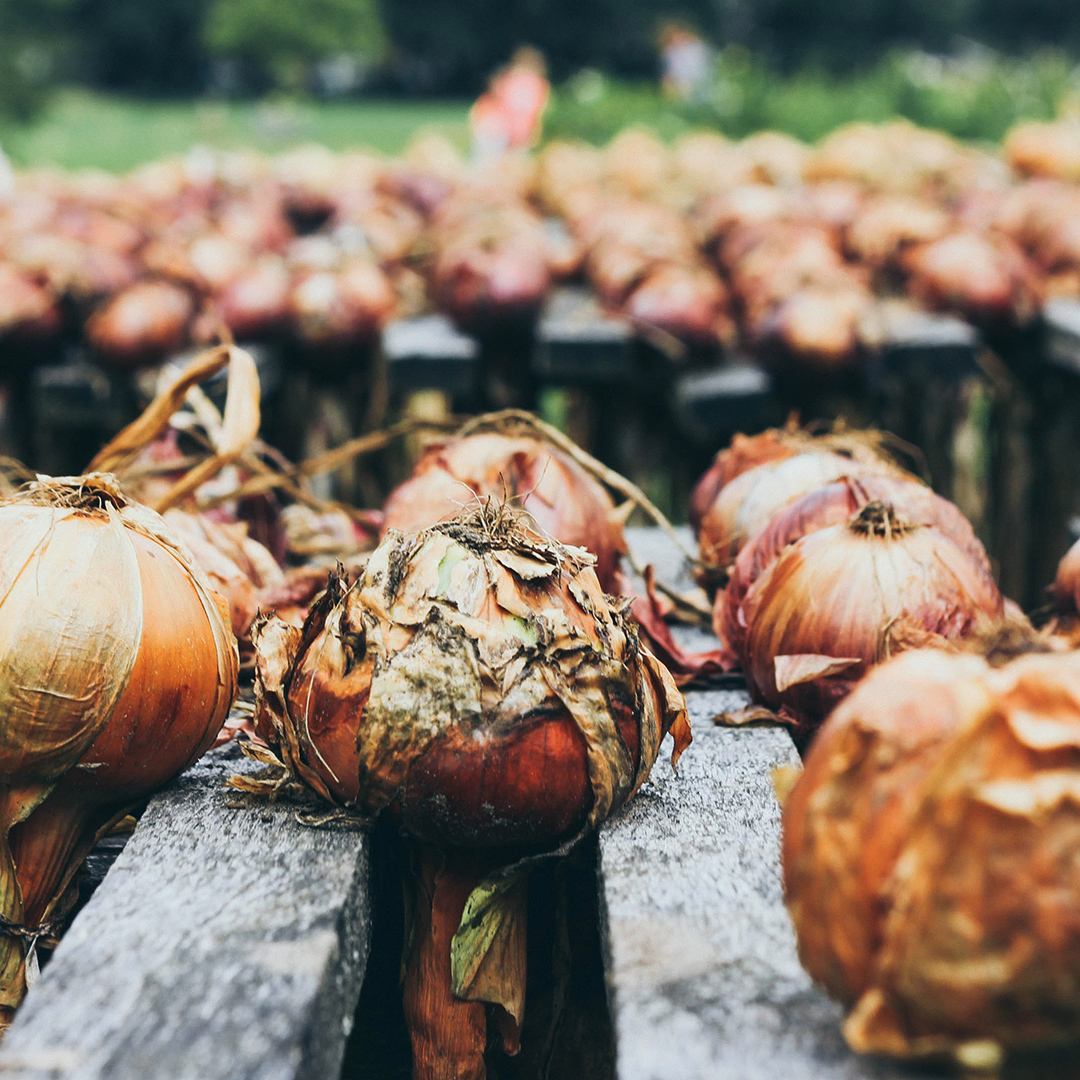
To be sold at their peak freshness, most fruits and vegetables need to be delivered to retailers within 48 hours. If food reaches the buyer after this timeframe, wholesalers will not buy the food. This leaves little room for any unexpected transportation delays which could result in entire shipments being discarded. Trendi’s technology extends this window of time by converting otherwise wasted food into freeze-dried solutions that do not require stringent timelines.
The More You Know
Food waste is not the most enjoyable subject to hear about and like many world issues, we can easily become desensitised to its realities. The good news is that most, if not all, of these issues can be solved (sooner than you think) if we work together and make use of new (and Trendi) technology.
Here at Trendi, we are passionate about raising awareness around food waste and finding solutions to stop it. We believe people and knowledge are the keys to making micro-movements that contribute to huge change.
Are you curious about how you can join us in our fight to end food waste? Subscribe to Eat it! Magazine, our monthly newsletter for regular articles, upcoming tech releases, and tips on how we can do better!
Article written by:
Erika Altomare, Copywriter
Erika is a passionate wellness, food, and lifestyle writer who appreciates the little things and always asks questions about the big ones.

